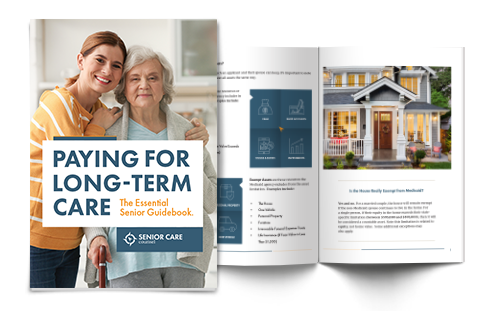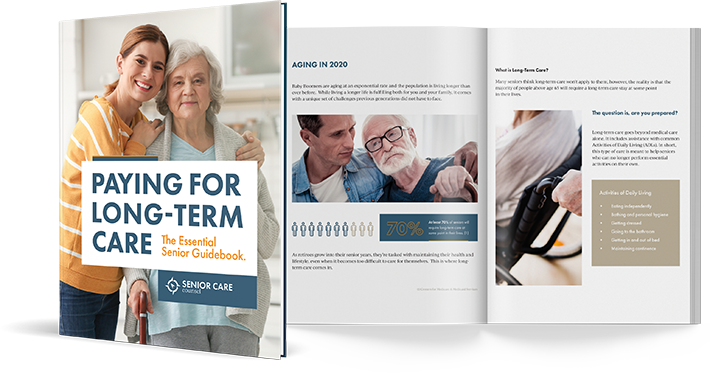What are Countable Assets and How Do I Spend Them Down?

An aging adult applying for Medicaid may realize they have many assets but they don’t know which assets Medicaid will count and which will be uncountable. Countable assets become important as a long-term care Medicaid applicant attempts to spend down these assets to receive benefits. However, spending these assets down without a strategy can cause a long penalty period.
Medicaid Spend Down
Why would you need to spend down your countable assets? For one, if you are applying for Medicaid benefits for long-term care, you will need to be within certain asset limits in order to qualify. If an applicant exceeds these limits, they will need to spend down their assets until they are within the limits.
How an applicant spends these assets needs to be handled carefully, however. If someone gives away assets for less than their fair market value, they can be greatly penalized.
What are Countable Assets?
Countable assets, or non-exempt assets, are any items that Medicaid will look at and count as something an applicant can sell or use to help fund their long-term care. These types of assets are easily converted into cash and may also be referred to as liquid assets.
Examples of Countable Assets
Here are some of the most common countable assets:
- Stocks, bonds, mutual funds, and investments
- Money in bank accounts (checking, savings, money market, etc)
- Additional homes, land, and rental homes
- Additional vehicles, including recreational vehicles
- Farm equipment (dependent on state)
- 401k or IRAs (dependent on state)
- Life insurance policies exceeding $1,500 (dependent on state)
What are Non-Countable (Exempt) Assets?
Non-countable, or exempt, assets, are assets you can keep that will not count towards your total asset limit for Medicaid eligibility. Exempt assets may vary depending on your specific situation. For example, you can retain more assets if you have a healthy spouse who will continue to reside in the community.
Examples of Exempt Assets
- Primary home
- One vehicle
- Personal property and household items
- Irrevocable funeral trust of $15,000 (dependent on state)
- Life insurance policies below $1,500 (dependent on state)
- Retirement accounts (dependent on state)
How Much Do You Need to Spend Down?
The amount you need to spend down depends on how many total countable assets you have. In many states, the asset limit for a Medicaid applicant is $2,000. If you have $85,000 in countable assets, you will have to spend down $83,000.
How Can I Spend Down Countable Assets Without Being Penalized?
There are many ways to spend down your countable assets without being penalized. A few of the more popular ways include:
- Update or repair your home (primary residence is exempt)
- Purchase a new vehicle (one vehicle is exempt)
- Purchase an irrevocable funeral expense trust
- Pay off any debts
- Purchase a Medicaid Compliant Annuity converting assets to income
[FREE] GET OUR PLANNING GUIDE:
"Paying for Long-Term Care - The Essential Senior Guidebook"This guide takes a deep dive into the landscape of long-term care and how to pay for it without going broke, including the answers to your top questions surrounding Medicaid.
GET MY COPY
